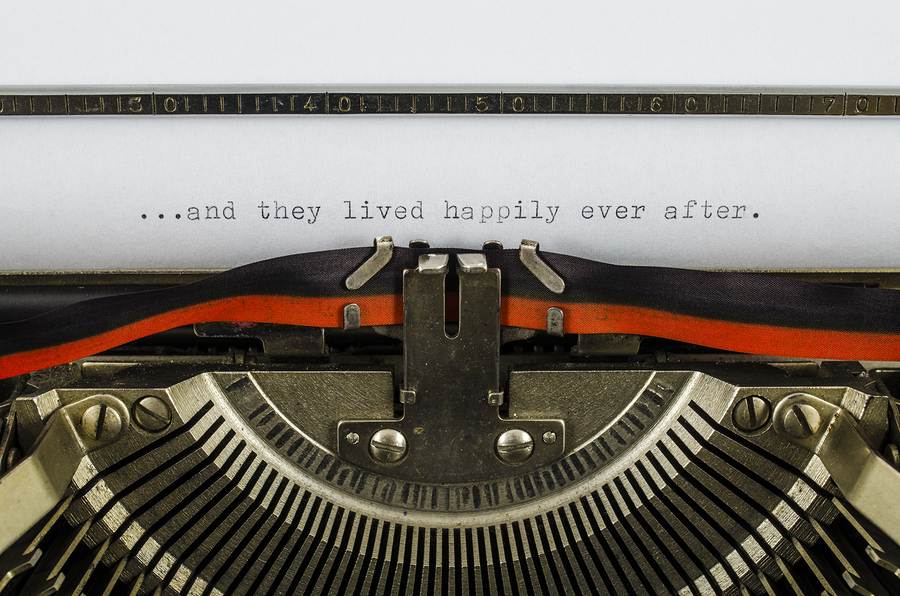Are you tired of being told by a publisher “We simply don’t do books like that”? or “Yours is certainly out of the box, but is not what we are looking for at this time”?
What’s the Deal with Boxes?
In general all books are sold under a category. Be it a fiction genre (historical, suspense, romance) or a topical non-fiction category (marriage, parenting, finance, theology). When you are told your is “out of the box” what do they mean?
The above categories/genres are boxes. Publishers publish into boxes. They are convenient places to put a new title to help the consumer know what to expect.
While one may resist this seeming restriction, the reality is that you buy books out of boxes. Think about it. You want a new detective mystery. Likely you either go to that section of the store or go to some familiar author on your favorite online store and start looking around…inside that box. It is doubtful that, in your quest for a new detective mystery, that you will stumble into the “Car Repair” box and buy that instead.
These boxes are fairly large and can encompass a lot of titles.
Yes there are titles that cross boxes or genres or categories. There can be Romantic Suspense, Military Science Fiction, or similar. Even in non-fiction you’ll find books that could be classified in more than one box. That’s okay and has been that way forever.
But if yours is so different it is “out of the box” then no one knows where to put it and it becomes that much more difficult to be discovered by readers who root around inside a particular box. (Try to imagine how to classify a Bible Study Memoir with Fictional elements.)
So What Do I Do?
I like to describe it visually so bear with me as I attempt to do it with words. Imagine a circle you can make with your index finger and your thumb. That is the “box” and is where the publisher is publishing books. Your idea is outside that circle. It’s a good idea, it’s well written, but it defies simple classification. (By the way, if you have to explain what your book is, no one will be patient enough to “listen” and will have clicked to the next book online.)
Maybe write a new book that intersects the “box” but is still is partially outside the “box.” It will cause the original circle/box to expand to include your idea. And thus is one step closer to the other one that was out of consideration. After time, the market and the publisher is open to that original idea because the readers have become accustomed to new ideas that still fit within their own “boxes.”
Examples in the past include This Present Darkness that in the 80s redefined supernatural fiction. 90 Minutes in Heaven opened the market wider for “near death” experience books in the Christian market. Prayer of Jabez opened the market for short form non-fiction. Blue Like Jazz offered gritty wrestling with the Christian faith as a viable type of memoir. In fiction (due to the popularity of the general market novel Outlander) there has been a rise in interest for “time slip” novels. The examples are endless.
The Danger of Derivative Ideas
Some authors will see a successful book and think they can create something similar but derivative. There have been some success in that area but is fraught with danger. One is the lack of originality. Original thinking can be rewarded. Being a copy-cat often does not.
The other danger is litigation. Years ago there was a series of kids novels where the reader could interact with the story. The reader would be asked in the text, “If Sally says yes, turn to page 42” or “If Sally says no, turn to page 56.” Thus the reader chose their own adventure. Recently Netflix was sued by Chooseco, which owns the “Choose Your Own Adventure” brand. Apparently a recent Netflix show called Black Mirror: Bandersnatch took the idea of an interactive approach to the film. It is an ongoing lawsuit (more can be found at this link) but shows one of the dangers when trying to use a variation of an idea that already exists.
Bottom Line
Please don’t view the above thoughts as a capitulation to the “oppressive publishing machine.” Instead this is an attempt to explore one of the constant challenges we face in the content creation business. How do we find original ideas when the marketplace has only so much capacity to embrace those ideas? Finding a need and filling it has been the pursuit of entrepreneurs and artists for a long time.
May your next idea be the one that makes us exclaim, “What a great idea! How come this hasn’t been done before?”











